Tommies Militaria and Collectables
British Threepence, Thruppence, or Thruppenny Bit 1952-1967
British Threepence, Thruppence, or Thruppenny Bit 1952-1967
Couldn't load pickup availability

Product Condition
Product Condition
Shipping & Returns
Shipping & Returns
Shipping
All orders are subject to a delivery, packing & handling charge. The correct charges will be automatically calculated via our Shopping basket ordering system and are based on the total weight of your order, your location, and our normal method of despatch. Please be aware that we reserve the right to alter any miscalculation, plus or minus, and you will be notified prior to shipping of any changes.
When shipping items, we use the UK Royal Mail, EVRI, DPD and Parcel Force in the event of a parcel arriving with contents damaged ALL the packaging must be kept for inspection by the delivering shipping contractor whoever that contractor is, failure to adhere to this WILL result in ANY claim being denied.
We do ship internationally and will always use a Tracked and Signed for service. We strive to use the best and most economical shipping services available
All shipping, insurance and import charges will be borne by the customer.
All lots are shipped at the buyers risk no compensation will be offered for items lost or broken in transit. Alternatively you can pay for your own courier.
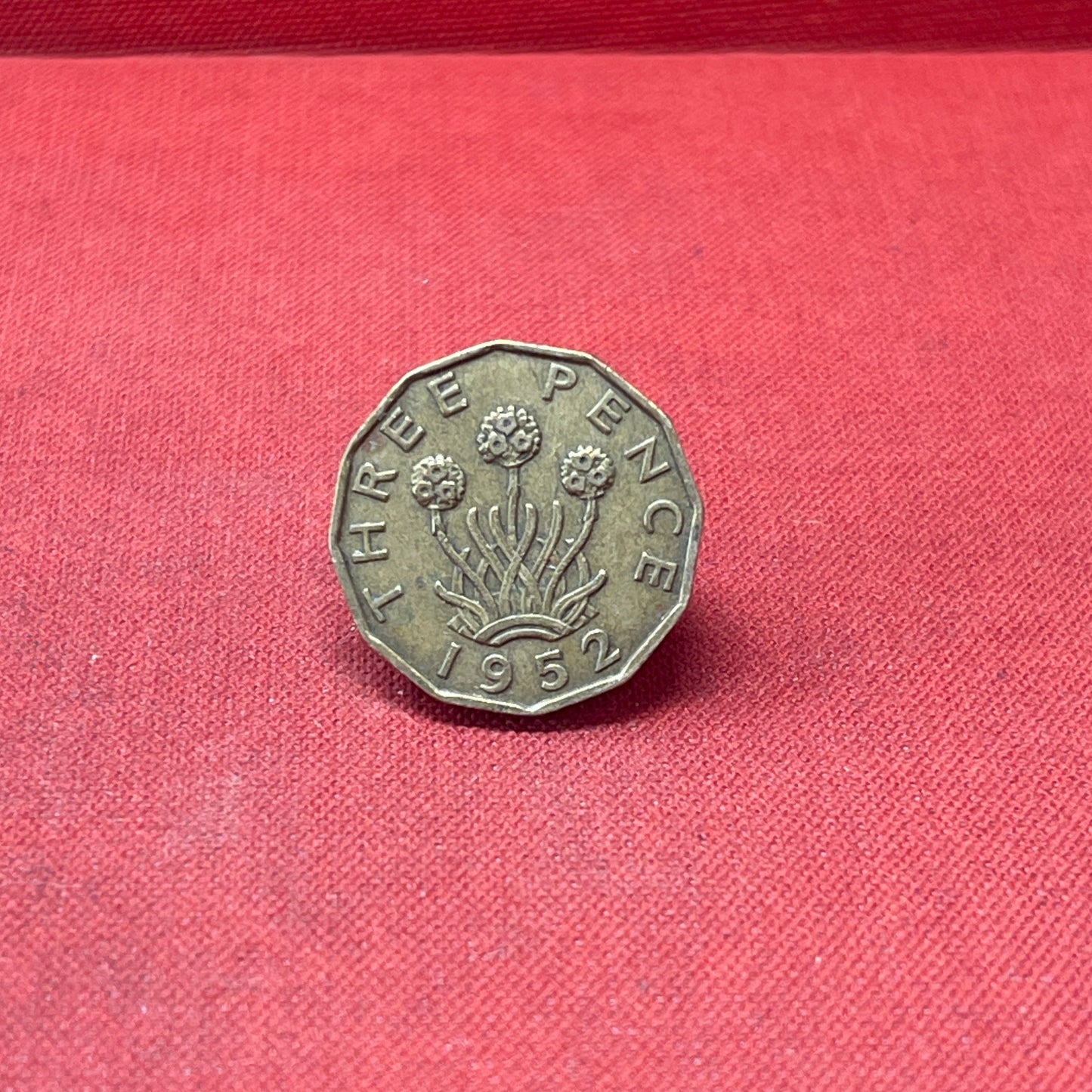
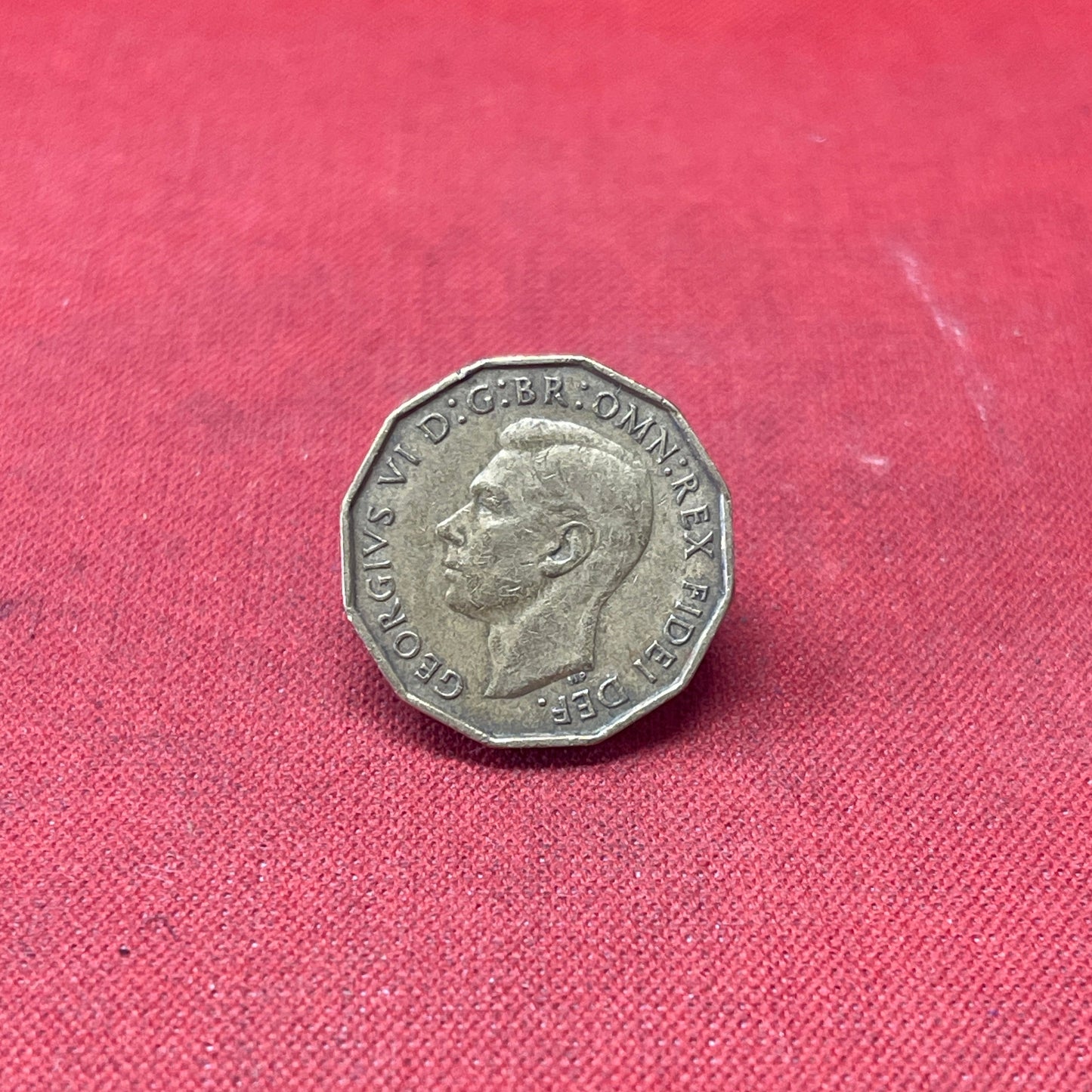
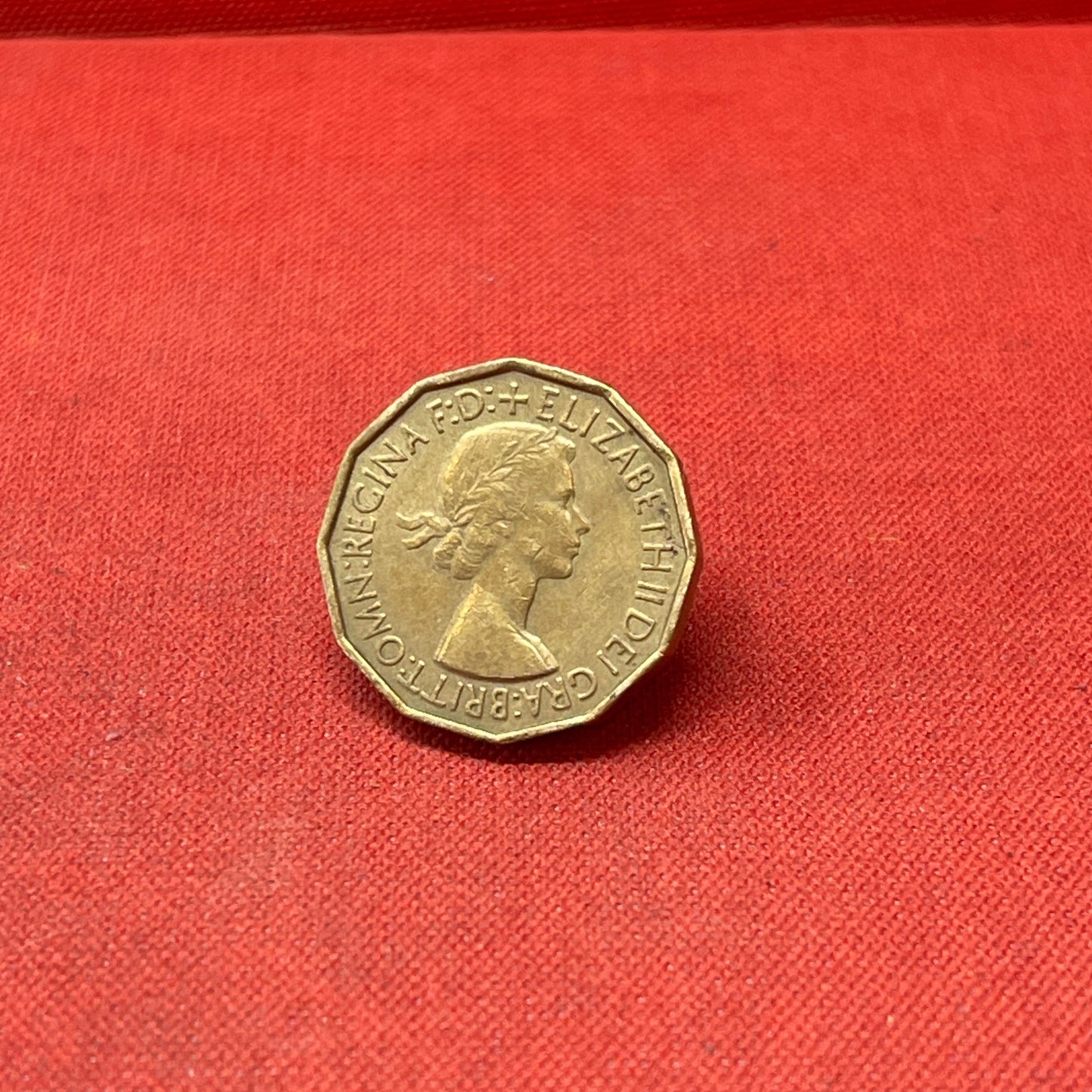
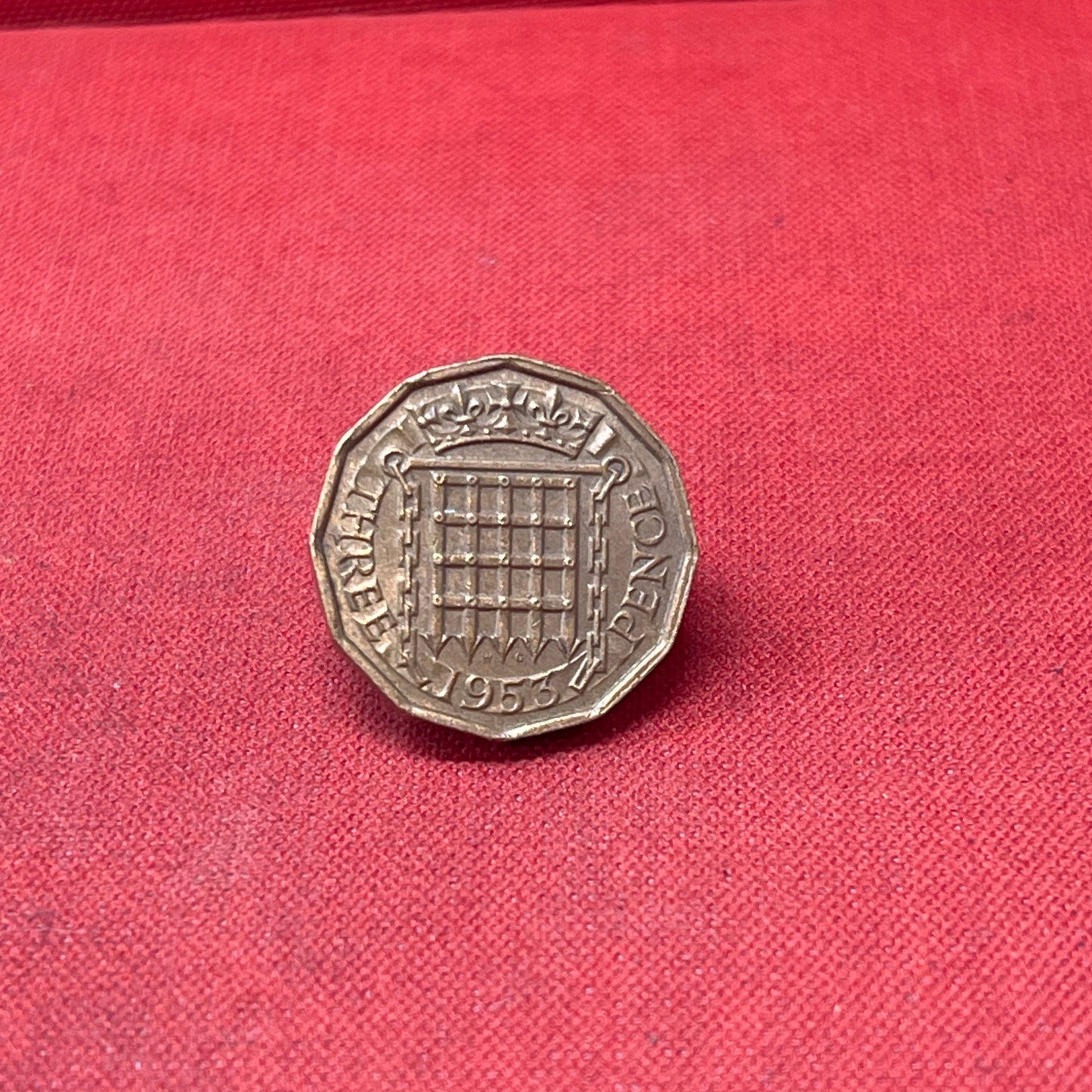
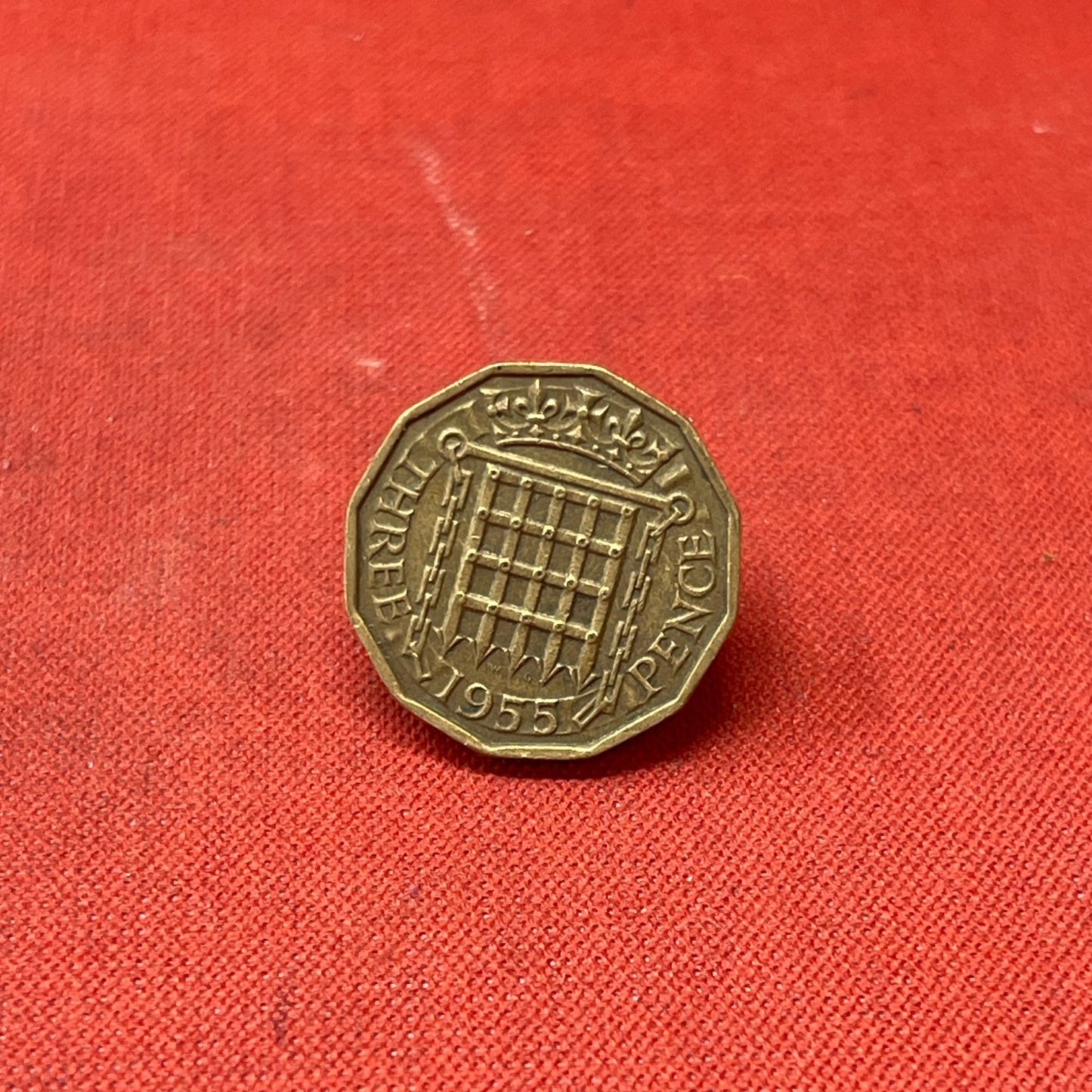
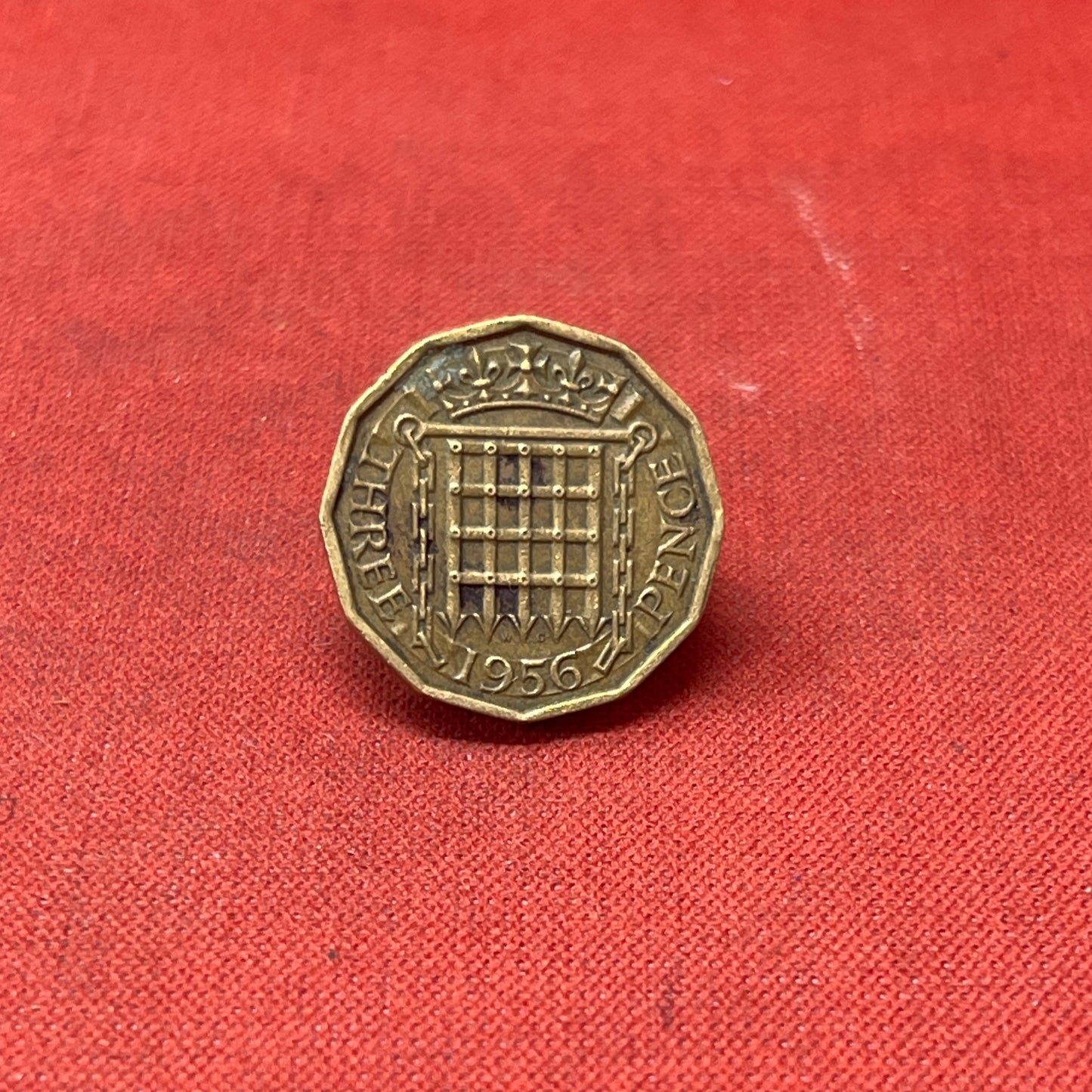
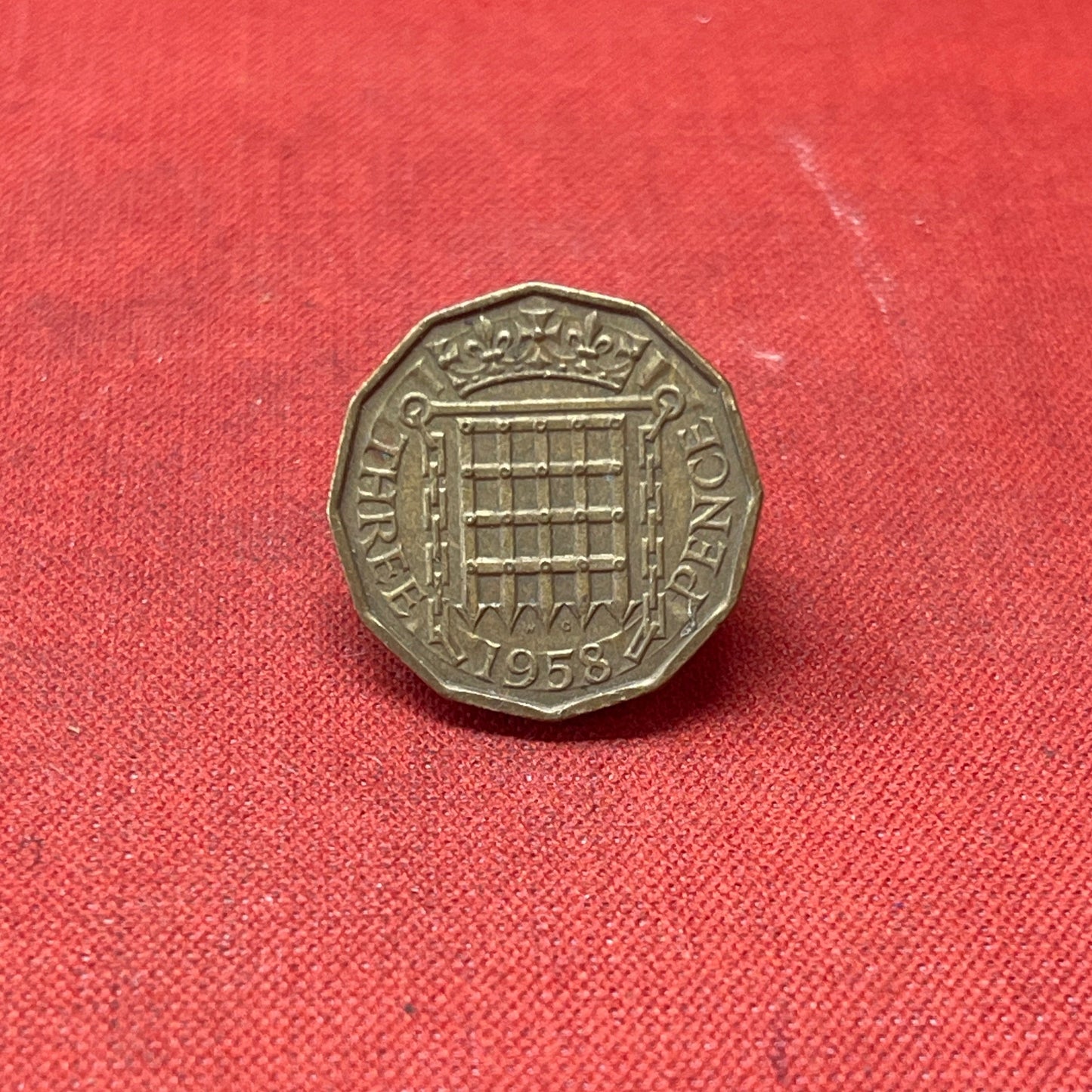
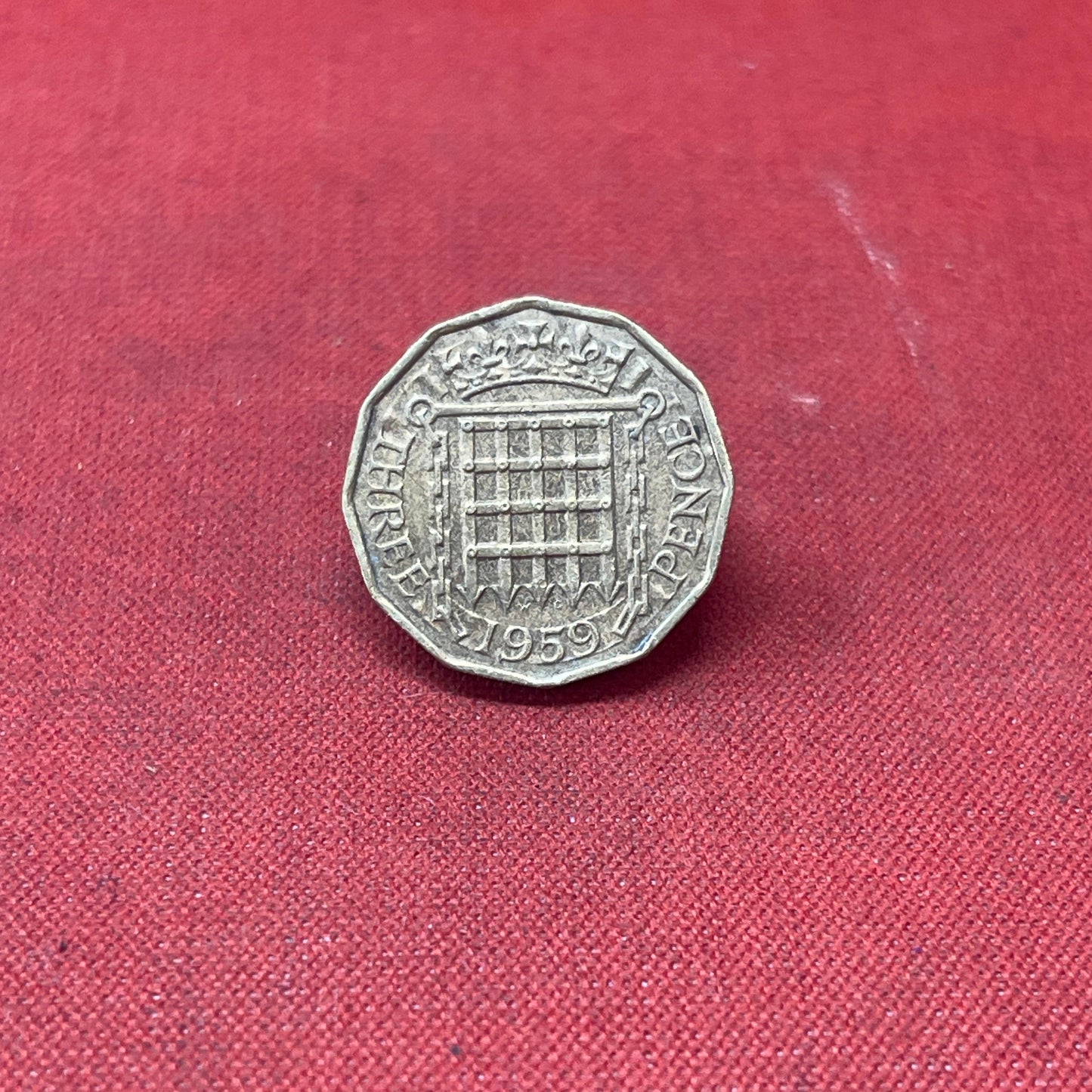
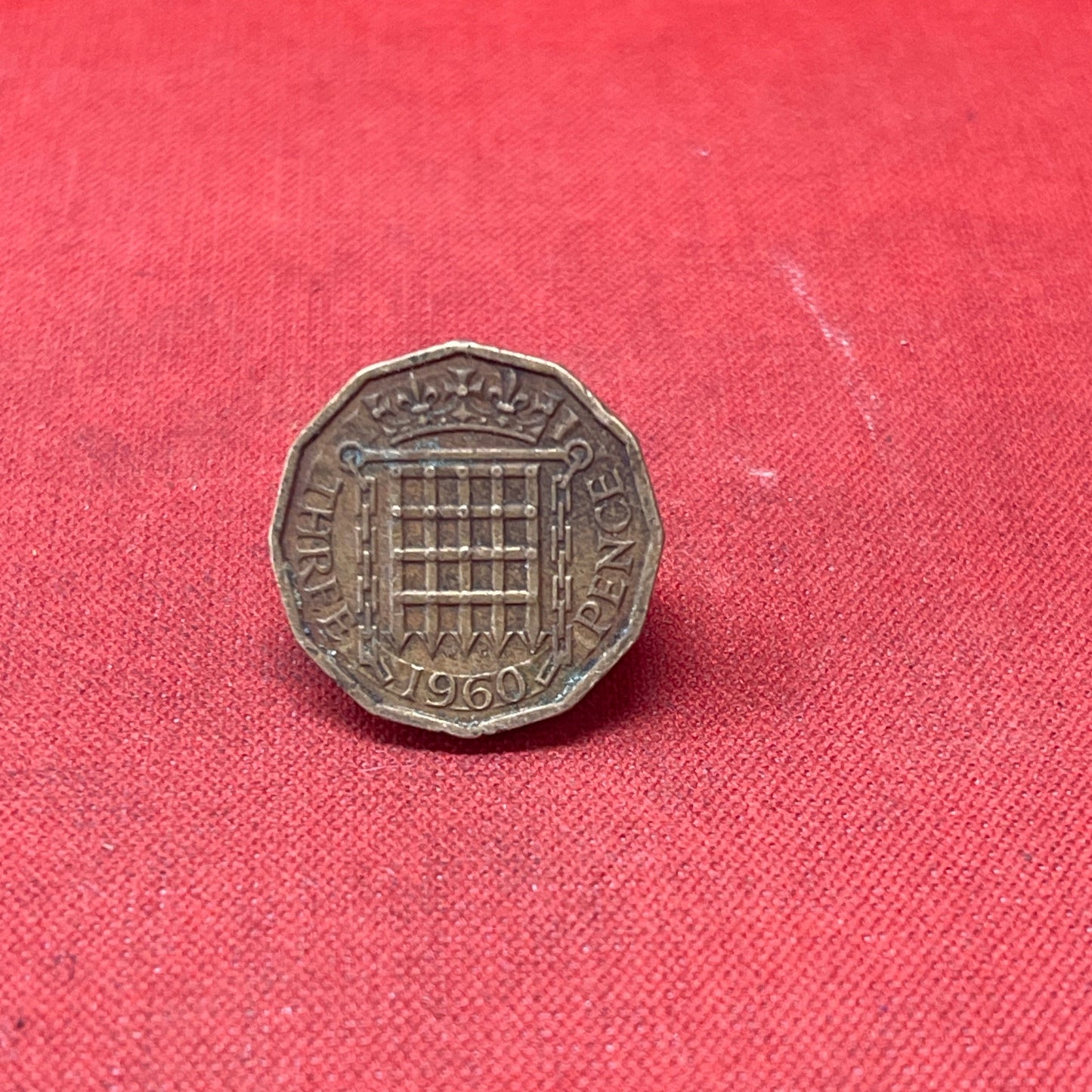
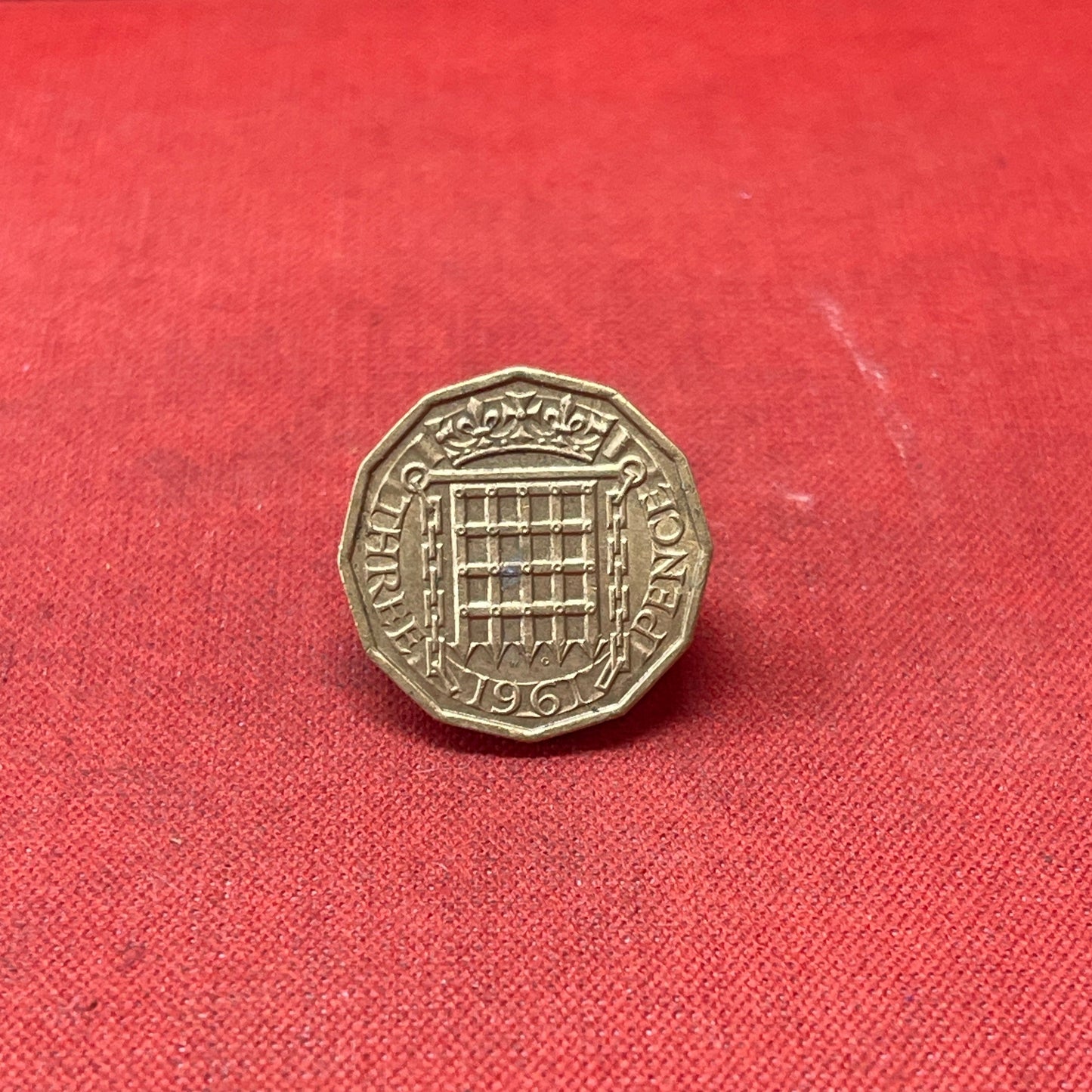
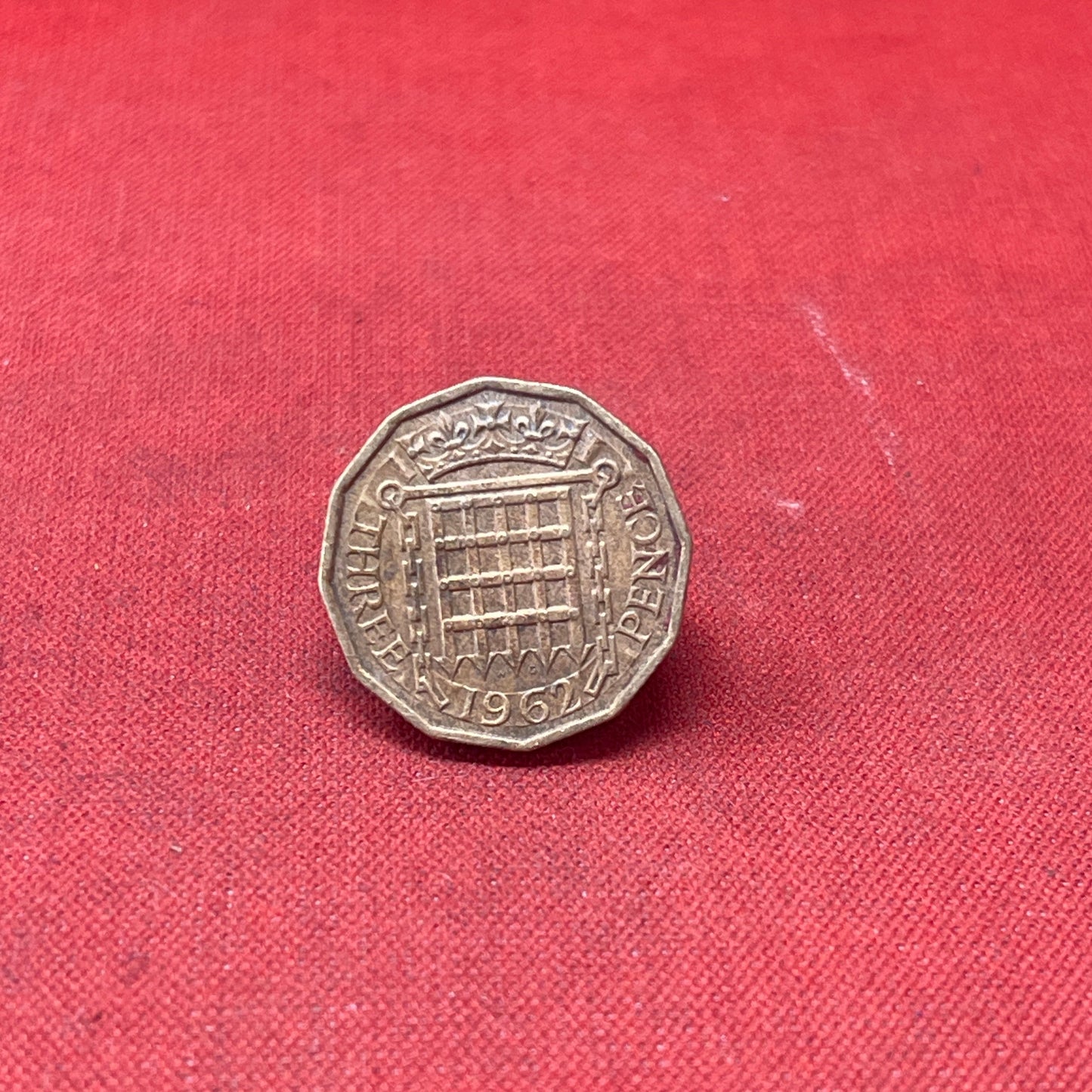
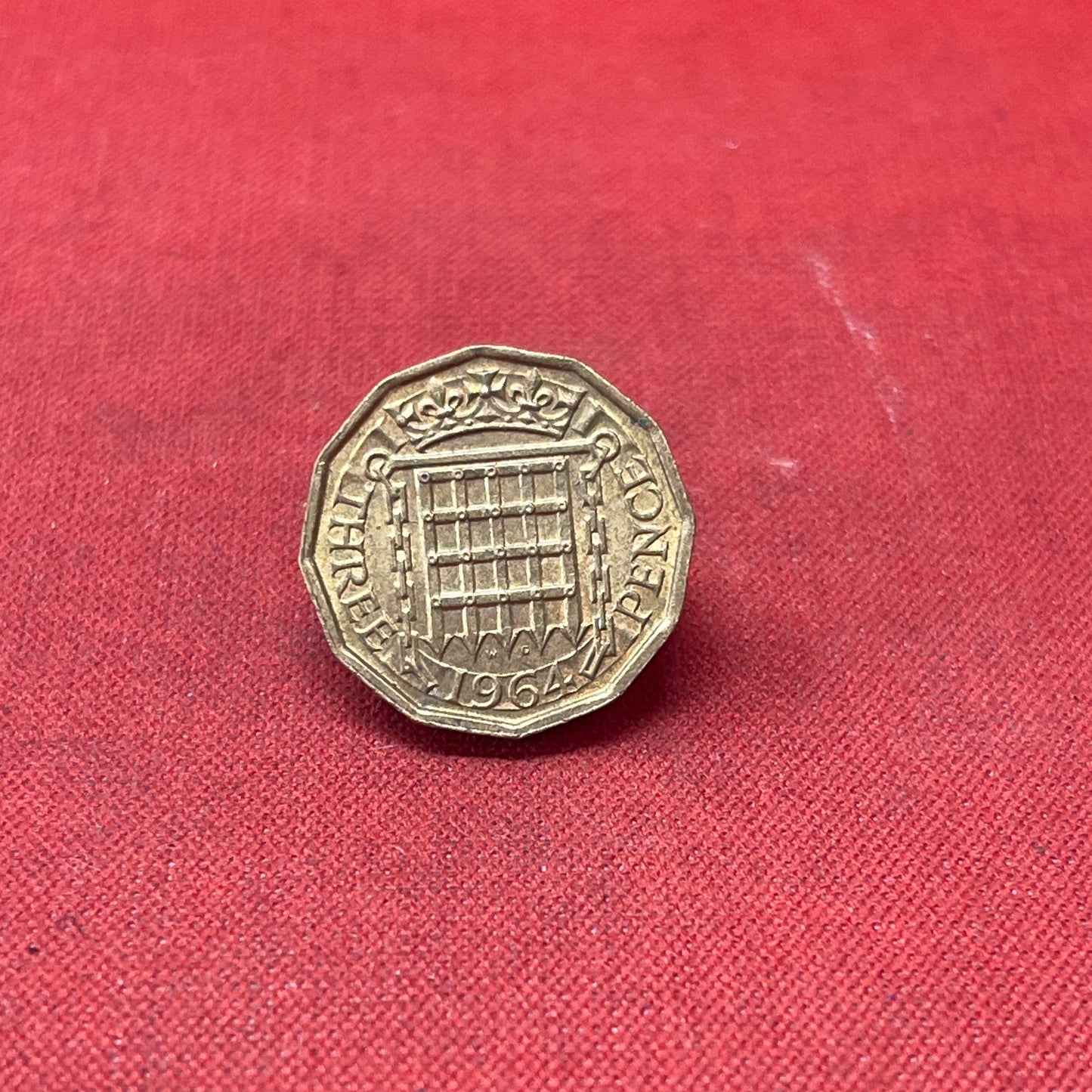
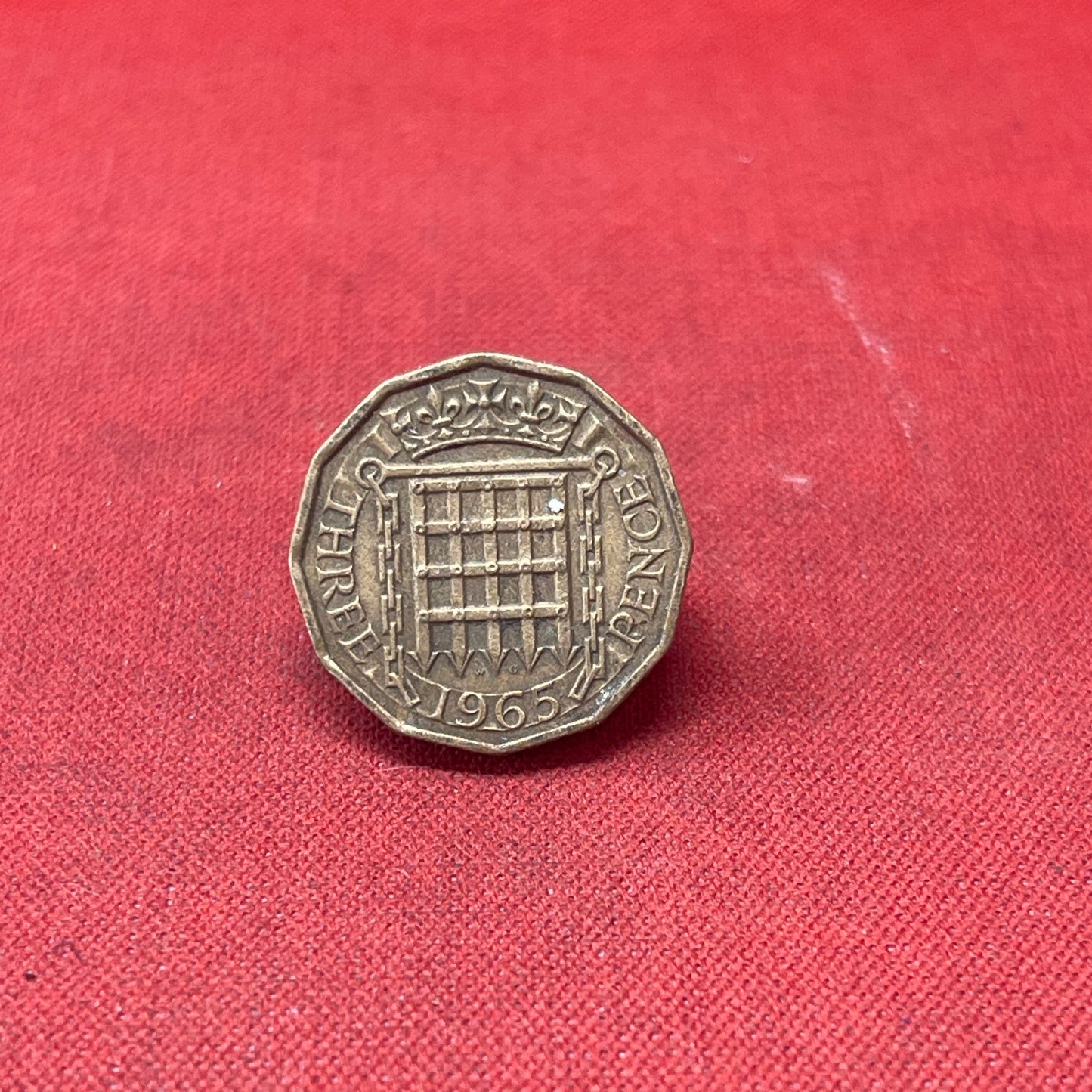
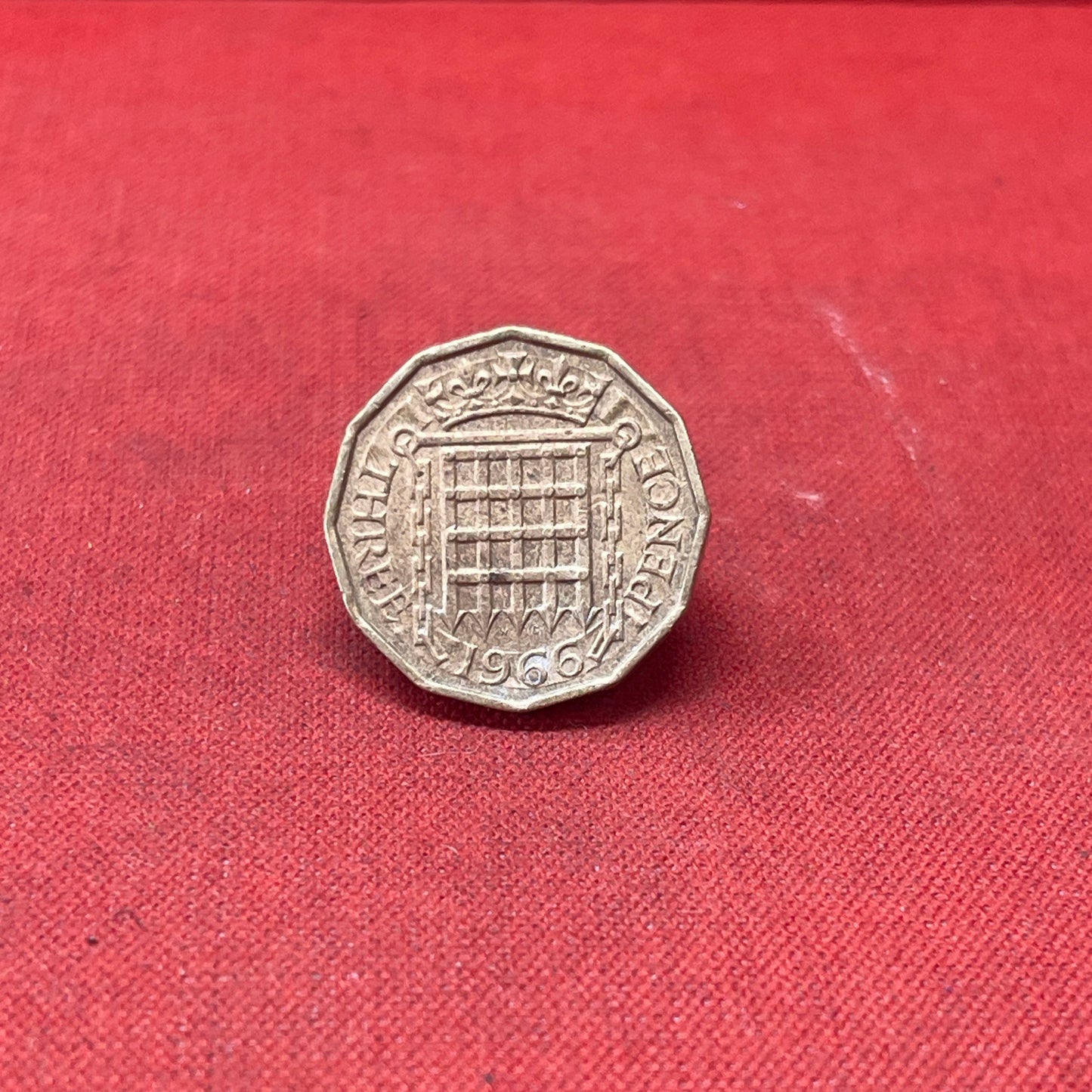
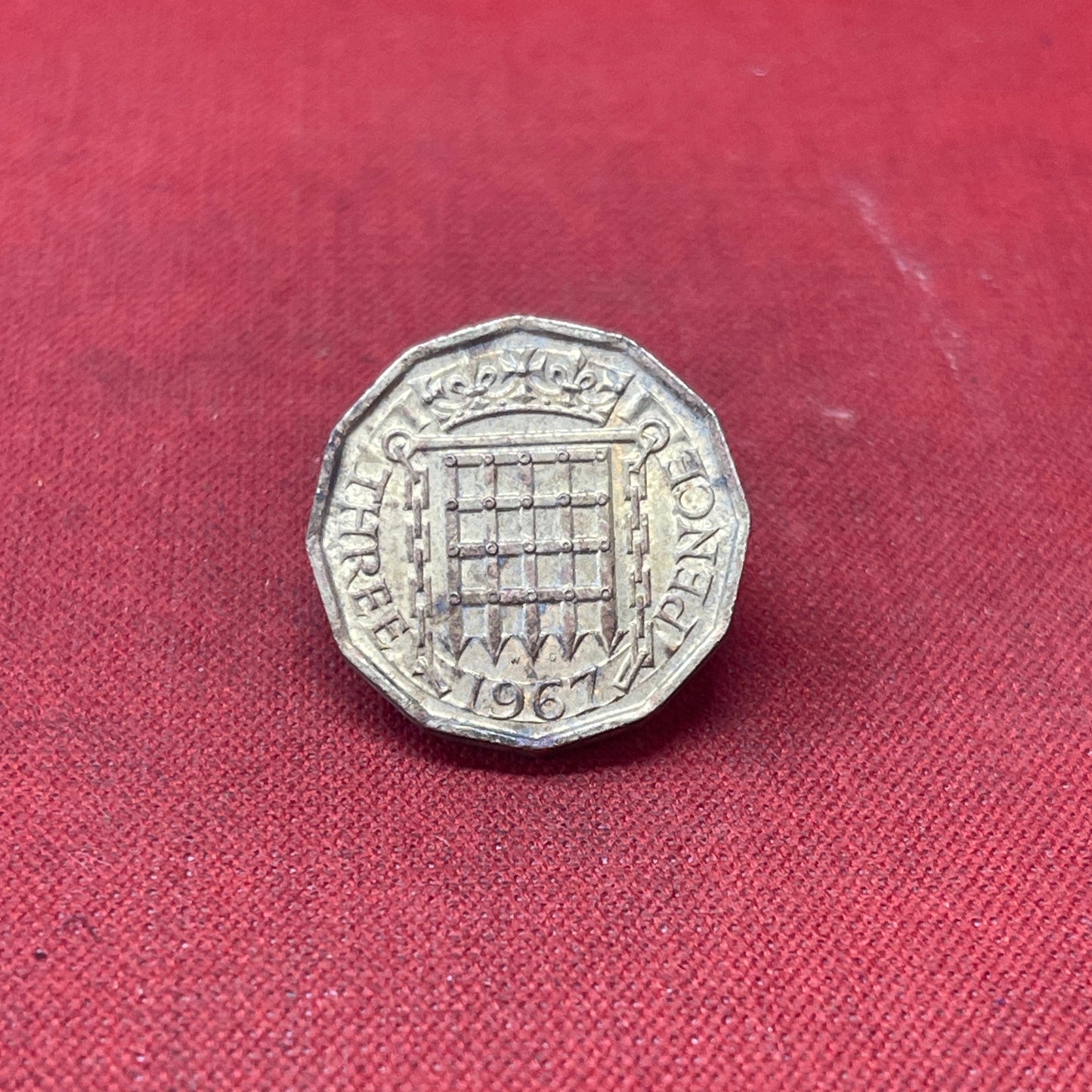
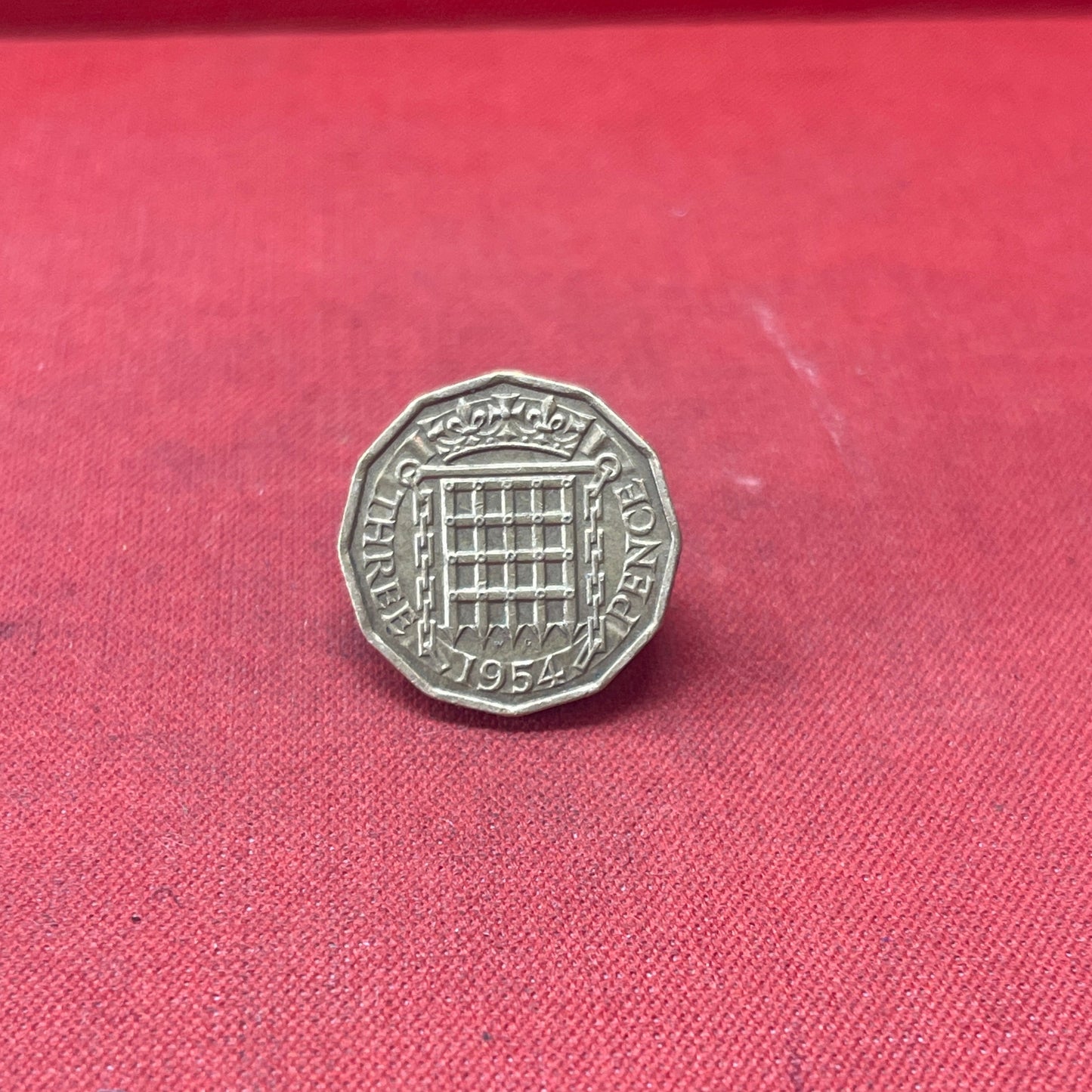
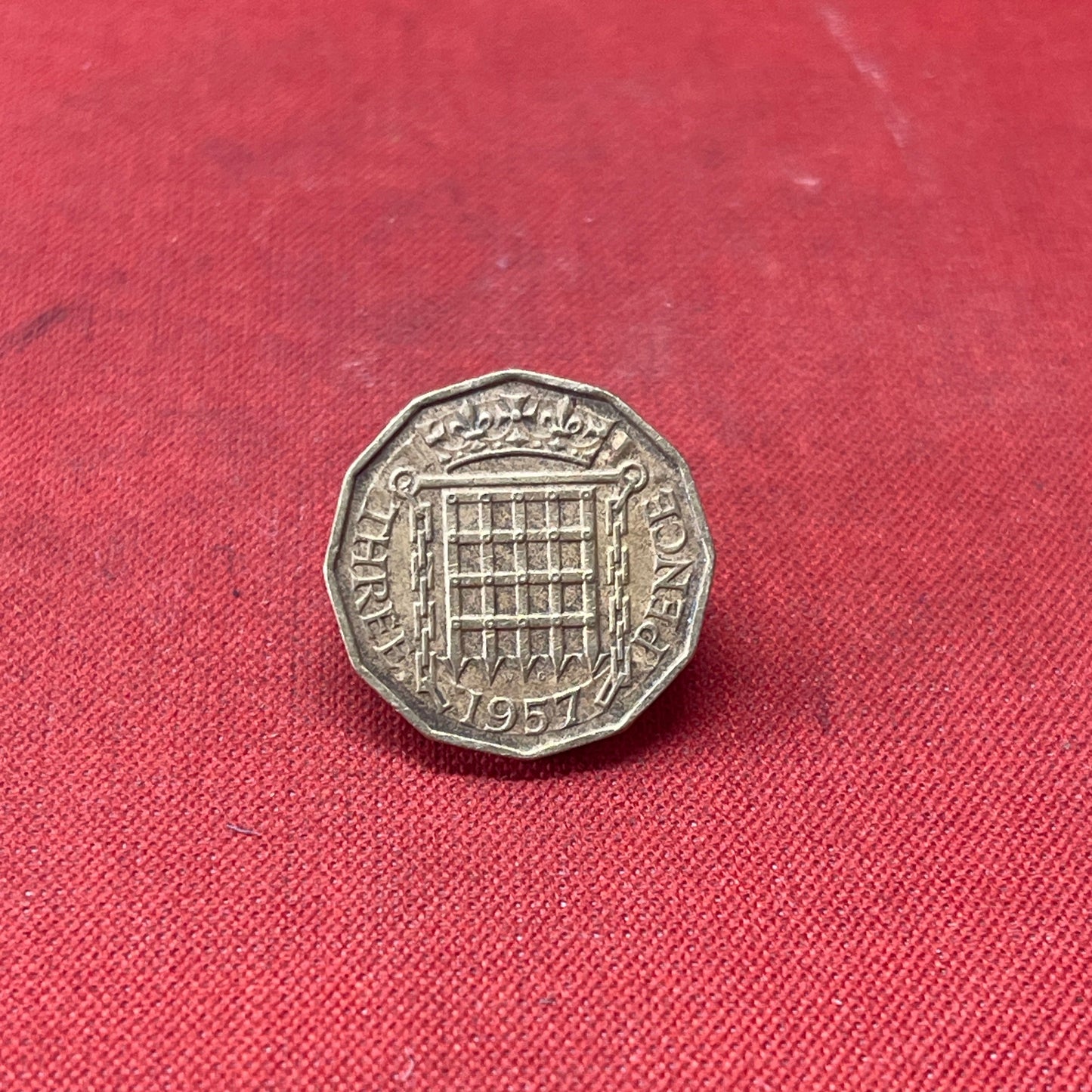
Product Description
The British threepence piece, commonly referred to as a threepence, thruppence, or thruppenny bit, has a rich history and varied design that reflects different eras of British monetary policy and cultural shifts.
Early History and Design (16th to 19th Century)
The threepence was first introduced in England during the reign of Edward VI in the 16th century. The coin was minted in silver and was part of a series of coins issued to establish a standard currency. The initial design featured the monarch’s portrait on the obverse (front) and the royal arms on the reverse (back). The early silver threepence was relatively small and thin.
Victorian Era (1837-1901)
During the Victorian era, the design of the threepence evolved. Queen Victoria's portrait appeared on the obverse, starting with a "young head" design in 1838, later transitioning to a "veiled head" design in 1893. The reverse typically featured a crowned numeral "3" encircled by a wreath. These coins were also made of silver and were popular due to their utility in everyday transactions.
20th Century: Nickel-Brass Threepence (1937-1970)
A significant change occurred in 1937 when the threepence was reintroduced as a larger, brass coin to distinguish it more clearly from other silver denominations. This new version was dodecagonal (12-sided), making it distinctive both visually and tactilely. The obverse featured the reigning monarch, starting with George VI and later Queen Elizabeth II. The reverse, designed by Frances Madge Kitchener, depicted a thrift plant.
Decimalisation and Demise
The threepence coin saw its final days with the advent of decimalisation in 1971. The new decimal system rendered the threepence obsolete, replacing it with new coin denominations. The last threepence coins were minted in 1970.
Cultural Significance
Throughout its circulation, the threepence was more than just currency. It held cultural significance, often being given as part of traditional Christmas gifts and used in Christmas puddings. Its distinctive design and feel made it a memorable part of British coinage history.
Collectability
Today, threepence coins, particularly those from earlier periods or with unique features, are prized by collectors. The transition from silver to nickel-brass, as well as the changes in design, provide a rich field for numismatic study.
In summary, the British threepence piece, with its long history, diverse designs, and cultural impact, serves as a fascinating example of the evolution of British currency from the 16th century through the mid-20th century

















